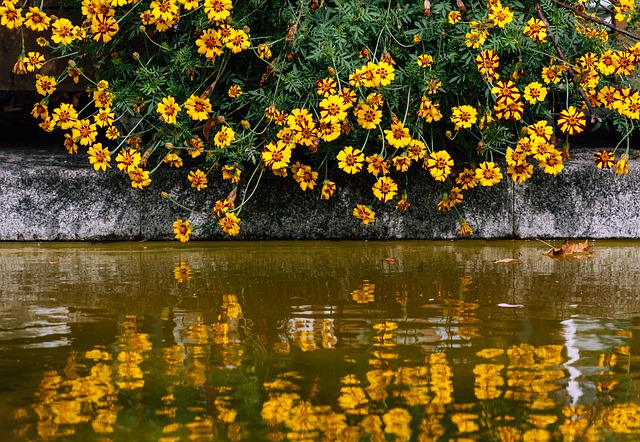Whether your project is a new home, a new commercial, business, or industrial park, improving landscape improvements, or even a public works project, incorporating a rain garden is a great way to implement sustainability into a construction project. As the name implies, Rain gardens are irrigated from rainwater as a way to minimize the amount of runoff draining into the stormwater system and reduce the amount of potable water used for irrigation. For example, many municipalities, such as San Francisco, provide incentives, such as grants, to reduce the amount of impervious area to allow runoff to percolate into the groundwater and reduce the amount of stormwater that is treated along with the sanitary sewer effluent.
The best way to start designing a green garden is to determine whether there is enough space for its construction and determine, at least conceptually, the amount of anticipated rainwater runoff for the subject site. In many cases, rainwater harvesting will also be required to irrigate the garden/landscaping during dry or dryer months. To that end, the next steps are required:
- The amount of available area for the rain garden in your backyard, community park, shopping mall, etc.
- Using the rational method, which is represented by the formula Q=CIA, where “Q” represents the amount of runoff; “C” the coefficient of runoff, which is based on the perviousness of the soils, landscaping, or hardscape; “I” the rain intensity, and “A” the area of the surface that will drain into the pond or nearby low point.
- Based on the value of “Q,” we can then determine the need and amount of rainwater to store. Rainwater is usually stored in plastic barrels above ground so that they can gravity drain to the areas that require irrigation.
Rain gardens are an attractive feature of any built environment project and provide an urban oasis for butterflies, bees, and other insects that have been becoming scarcer in recent decades. In addition, parks, community gardens, and even some schools can bring people of all ages together and, in the case of school kids, better understand how to be good stewards of our urban and suburban green spaces. Rain gardens can also be used to acquire credits if you are trying to get your building LEED-certified through the U.S. Green Building Council since it can satisfy outdoor water use reduction requirements.
The best time to approach designing a rain garden is early in the project lifecycle since the area will need to be reserved for its construction and because of the potential for rainwater harvesting. The latter might impact stormwater drainage from the roof, surface, or other areas. Also, as noted above, if you plan to obtain LEED certification, the design needs to be included early in the application process.
If you need assistance with designing a rain garden and the drainage system required for effluent rainwater and overflows, don’t hesitate to contact Sustainable Civil Engineering for expert consulting services.

